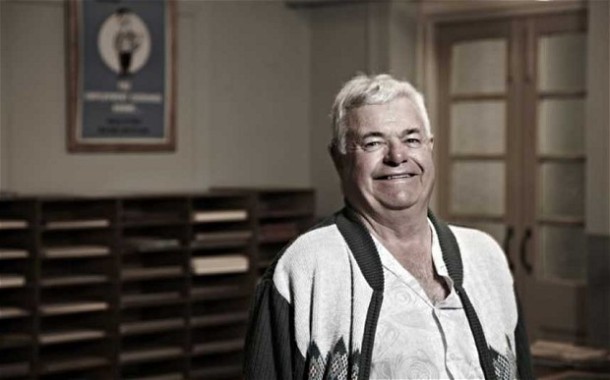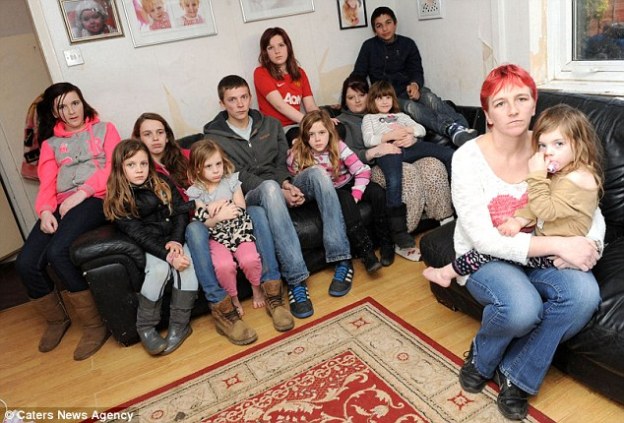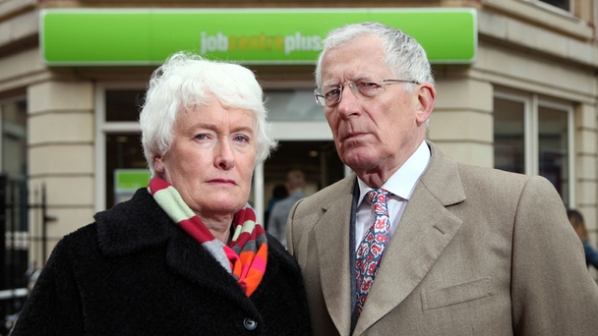Photo Book Review

Social documentary photography focuses on people in their natural environment and tends to highlight the issues within social classes, predominantly those of a working classes or the underprivileged. Walker Evans was one of the most influential photographers about the ‘Great Depression-era’. Although he was not the only photographer to work on the Farm Security Administration project, many of his contributions are presented within the chosen photo book; Photographs for the Farm Security Administration 1935-1938.
The main purpose of the book, and in turn the project is to capture the quality of life in certain areas of America during the difficult years of 1935-1938 even ‘when no human being is represented in the picture’ (Jerald Maddox, 1970, cited in Walker Evans, 1973, p10) thus demonstrating that sometimes it is unnecessary to include people to portray poverty stricken living conditions. With this work being created in the early part of the twentieth century, Evans used only film to photograph. Through the use of black and white film, he was able to successfully capture more detail as film photography offers a wider range of highlights and shadows (Dixie Somers, 2012). In addition to this, by choosing to shoot in black and white, Evans was able to dramatise the images and add to the severity of the issues.
The book itself is divided into two main sections; the first has a simple layout of selected photographs and the second portrays a catalogue style of many of his several hundred photographs (Jerald Maddox, 1970, cited in Walker Evans, 1973 p9). The sequencing of the selected photographs has been linked through certain features and similarities in each image whether it be materialistic items such as cars, the shape of the properties or even text. As well as portraying the surroundings of the communities, Evans has incorporated four single portrait images and a family portrait all of which are wearing dirty or ragged clothing and express unhappy emotions again reiterating the understanding that these people are suffering due to a high level of poverty. With the diversity of his work, the viewer can see a very personal aspect of these peoples’ lives at the time and how basic their living conditions were,arguably these collections are some of Evans’ best work as ‘his personal artistic vision was made available and used for a definite social purpose without compromising that vision.’ (Jerald Maddox, 1970, cited in Walker Evans, 1973, p10).
The second part of the book begins with a contents page consisting of the states he has visited and photographed in chronological order. This makes the catalogue easy to follow and allows the viewer to independently conclude howthe issues differ between the years and places. Each image has been numbered and has a short caption and date to describe it, being the only inclusions of text other than the introductions found in the beginning of the book. The sequencing of the images do not seem too dissimilar to the first section, however there are sections where the link between images are not as strong. Images 15-20 of the catalogue show a mixture of the outside of properties, inside the properties and one image including subjects. With this said as a catalogue of chronological images, it lacks importance as the section is merely the sequence in which Walker Evans photographed West Virginia in 1935. The collection of images taken from Alabama in Summer 1936 appears to have a larger section of family orientated images with photographs of subjects outside their homes, despite not necessarily suggesting content in life.
It is interesting to see that the book Social-Documentary Photography in the USA constructed by R. J. Doherty in 1976 was published three years after Evans’ book and includes images from the same project but from other photographers, as well a small part of Evans’ work is included. These images seem to focus predominantly on the subjects themselves as oppose to their surroundings. It is apparent that the book is a more informative account of the photographer’s work and the living conditions during the Great Depression-era and uses the images to illustrate this. Doherty believes that other photographers’ work parallels to a form of propaganda and states that ‘they were trying to communicate and persuade a group of people to take action’ thus forcing an emotional reaction from the viewer.
In conclusion, the photo book can be seen as an emotionalwork of art and holds some of Walker Evans’ best photographic images. It does not need to include much text as the visual imagery speaks for itself and provides the freedom for the viewer to interpret the images in their own way. It highlights the suffering and poverty within many parts of America during the time of the Great Depression and unlike other sources, portrays the whole situation by using images of the surroundings without subjects. It’s photography that captures and highlights working class society and its issues.

































